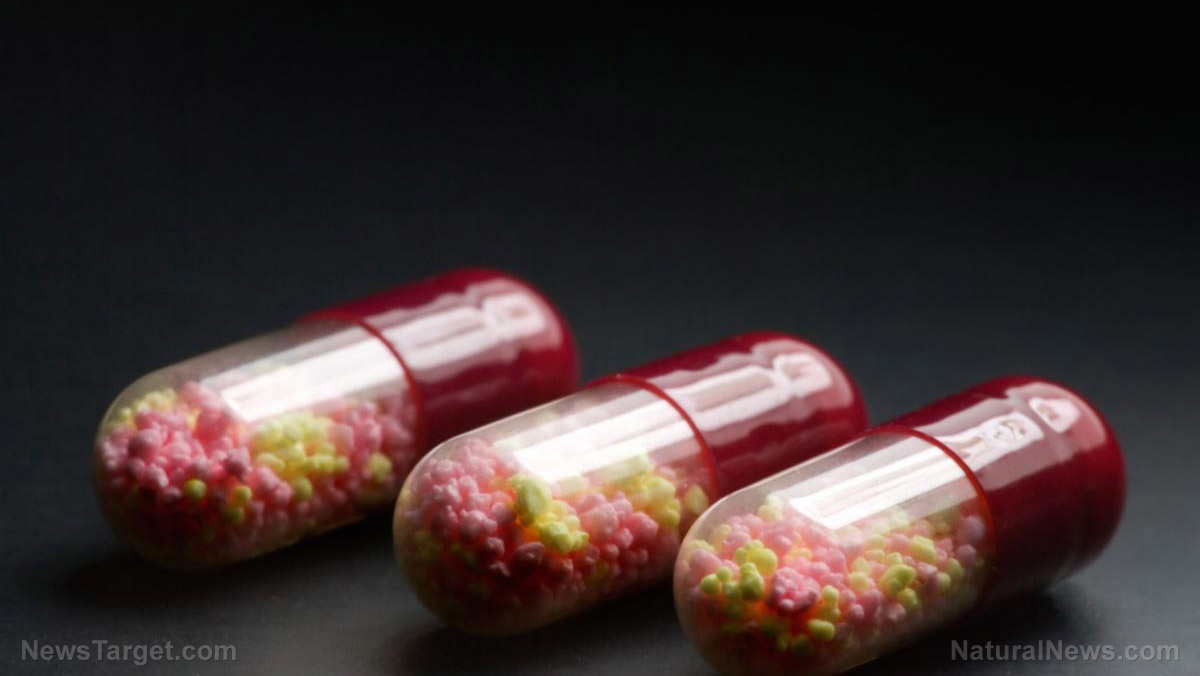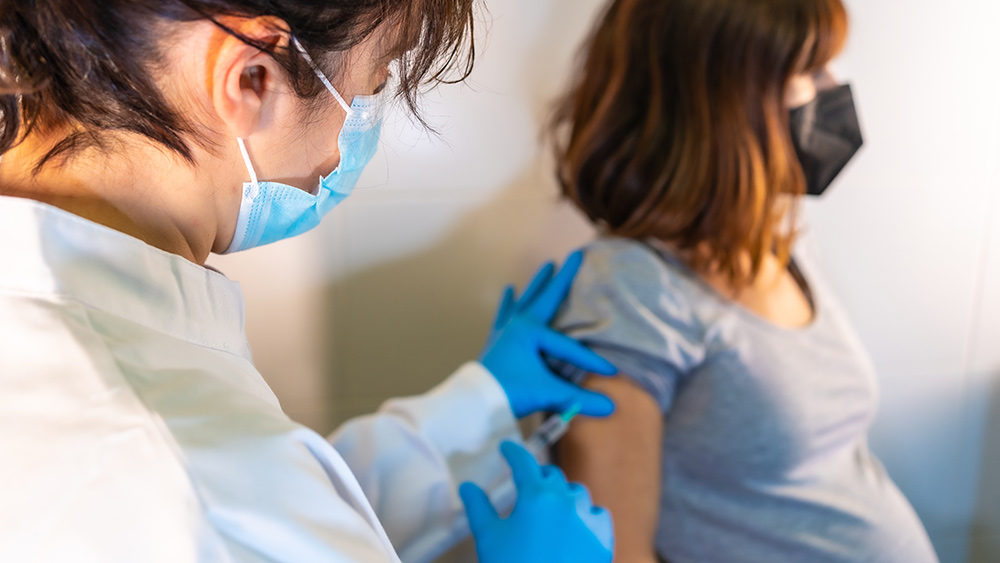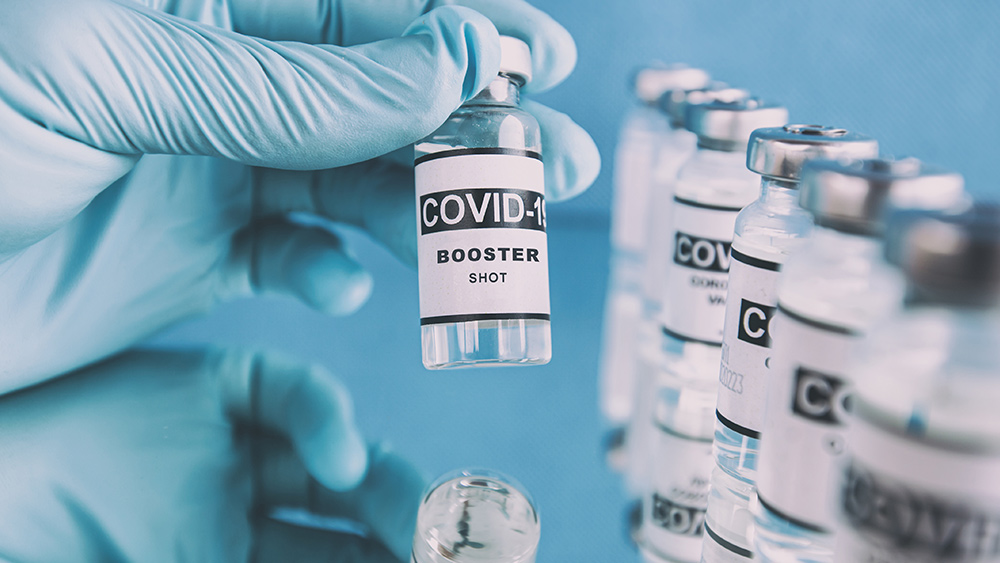Synthetic polymer that can kill antibiotic-resistant superbugs developed by researchers
06/06/2018 / By David Williams

There is a major problem with the rampant use of antibiotic medicine in the world today. In case you haven’t heard of this already, the widespread use of antibiotics has slowly but surely increased the risk of the existence of various kinds of drug-resistant bacteria. Indeed, in an effort to rid the world of dangerous microbes, modern medicine has ended up creating even worse ones that can’t be killed with antibiotics.
Luckily, there could be a solution to this problem on the horizon. A research team made up of scientists from the Institute of Bioengineering and Nanotechnology (IBN) of the Agency for Science, Technology, and Research (A*STAR) and IBM Research developed a synthetic molecule that could fix this particular issue once and for all.
As a report on the promising synthetic molecule states, the creation was capable of targeting and directly killing five different multidrug-resistant bacteria. And the best part of it all is that the synthetic polymer was completely non-toxic and could one day enable entirely different classes of therapeutics to try and fix the problem with antibiotic-resistant superbugs.
According to Yi Yan Yang, one of the authors of the study, they have made history with their discovery. “We have demonstrated the first example of a biodegradable synthetic macromolecule with broad-spectrum antimicrobial activity in mice, unique killing mechanism and no toxicity,” he explained. “Once the polymer finishes its job of killing the bacteria,” he added, “it will be naturally degraded after three days and will not remain in the body.”

“This antimicrobial agent shows great promise for the treatment and prevention of multidrug-resistant systemic infections,” Yang concluded.
The synthetic molecules are said to be called guanidinium-functionalized polycarbonates and were classified as biodegradable and completely non-toxic to normal human cells. The researchers noted that the positively-charged synthetic polymer works by entering a living body and then binding specifically to certain kinds of bacteria cells, which they home in on based on their negative charge. As soon as the synthetic polymer attaches to the bacteria, it begins crossing the cell membrane and eventually triggers a solidification process of proteins and DNA in the cell itself. This, of course, kills the bacteria. (Related: Superbug apocalypse rapidly approaching as nearly one-quarter of infections now UNTREATABLE with first line antibiotics.)
According to the researchers, their testing proved that their newly developed molecule successfully demonstrated the ability to eradicate five different superbugs that are commonly found in hospitals around the world. And again, the best thing about it is that it showed no notable signs of toxicity in the test mice. What’s more, the bacteria didn’t develop any resistance to it at all despite undergoing multiple treatments.
Currently, the discovery and the subsequent method that uses it are still being polished by the researchers. It is said that the next phase of the research here in this subject is to work on developing the technology into something like a specific antimicrobial treatment which can be clinically tested in humans. With enough effort and some luck, it could just result in a brand new way of getting rid of dangerous infections without exposing yourself to the risk of antibiotic-resistant superbugs.
Learn more about superbugs at SuperBugs.news.
Sources include:
Submit a correction >>
Tagged Under:
antibiotic resistance, Antibiotics, human cells, Microbes, nanotechnology, research, science, superbugs, synthetic polymer
This article may contain statements that reflect the opinion of the author





















